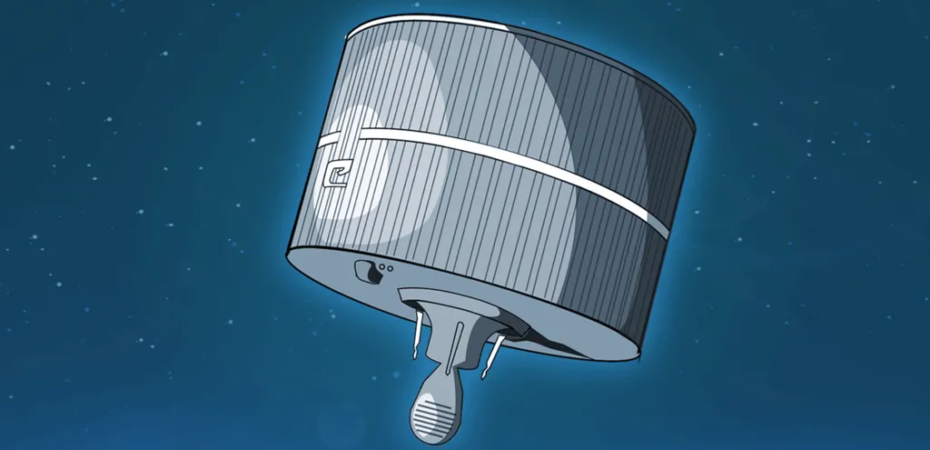Obsolete British Skynet-1A satellite has moved from it’s end of life position above the east African coast to a position 22,369 miles away above the Americas. The UK’s National Space Operations Centre does not know who is responsible for Skynet-1A’s repositioning. Orbital mechanics placed Skynet-1A’s EOL trajectory as gravity descent over the Indian Ocean making the satellite’s current position a result of thruster firing.
The now defunct US Philco Ford aerospace company designed and manufactured Skynet-1A for the Royal Airforce to enable secure communications relay for British forces as far away as Singapore. Launched in 1969 by a US Air Force Delta rocket, Skynet-1A was operational for a few years until the spacecraft “ceased working”. Rather than parking in a disposal orbit as satellite operations mandate today, disposal operations were not a significant consideration at the time of launch and orbit decay analysis anticipated the satellite to enter the atmosphere above the Indian Ocean. Dr. Stuart Eves conjectures that the satellite was commanded to fire its thrusters in the mid-1970s to enable its current positioning. Skynet-1A resided in a gravity well at 105 degrees West longitude bringing to within 50km of active satellite up to four times a day, making it a significant debris threat to current satellite operations.
Skynet-1A demonstrates the cybersecurity potential of using obsolete spacecraft to pose a credible threat to current satellite operations. An interviewed engineer stated that the US originally controlled Skynet-1A in orbit to test software capability before handing control and operations to the Royal Air Force. Thus, it’s likely that software compromises either in the US or UK could have enabled Skynet’s 1A’s repositioning. Since the UK’s national Space Operations Centre cannot determine when the satellite was repositioned, Eves’ conjecture of thruster firing in the mid-1970s cannot be verified. Older satellites, like Skynet-1A, are likely to have residual code that is accessible for various threat actors. Additionally, obsolete satellites are likely to not be as closely monitored as those with active use. Gaining access to the spacecraft commanding assets may enable threat actors to utilize proximity operations to force active satellite repositioning expelling more propellant and shortening mission lifetimes of active satellites in result. Discovering of obsolete/EOL satellite compromise is likely to be delayed, which would enable incremental position changes that avoid immediate detection. Since older code vulnerabilities are either less documented or not actively referenced and corrected on EOL satellites, this attack vector provides a less complex way to gain access and influence space orbit operations with lower likelihood of detection and higher likelihood of denial of service/mission compromise success.
